Terracotta kitchen floors infuse warmth, character, and timeless appeal into any culinary space. From classic Saltillo pavers that evoke Old World Mediterranean charm to sleek, large-format glazed tiles suited for modern interiors, terracotta offers unparalleled versatility. Creative layouts—like hexagonal patterns, herringbone or diagonal installations—transform flooring into a design focal point, while contrasting grout or decorative border inlays add definition and personalization. Rustic, distressed finishes lend vintage authenticity, and hand-painted motifs bring artisanal flair. Pairing terracotta with natural woods, dark cabinetry, or metal accents balances earthiness and sophistication. For seamless indoor-outdoor flow and eco-friendly appeal, consider reclaimed terracotta or extending flooring beyond the kitchen.
1. Embrace Rustic Charm with Classic Saltillo Tiles

Traditional Saltillo terracotta tiles, handmade in Mexico, showcase warm, loamy hues and slightly irregular edges that create an authentic, weathered look. Their hand-tumbled finish adds texture and depth, perfect for pairing with exposed wood beams, open shelving, and vintage fixtures to craft a welcoming farmhouse-style kitchen. These tiles age gracefully, developing character over time, and their porous nature allows them to absorb oils and stains in a way that enhances their rustic patina. Proper sealing preserves durability while retaining that Old World charm beloved in Mediterranean and Southwestern interiors.
2. Glazed Terracotta for Enhanced Durability and Color
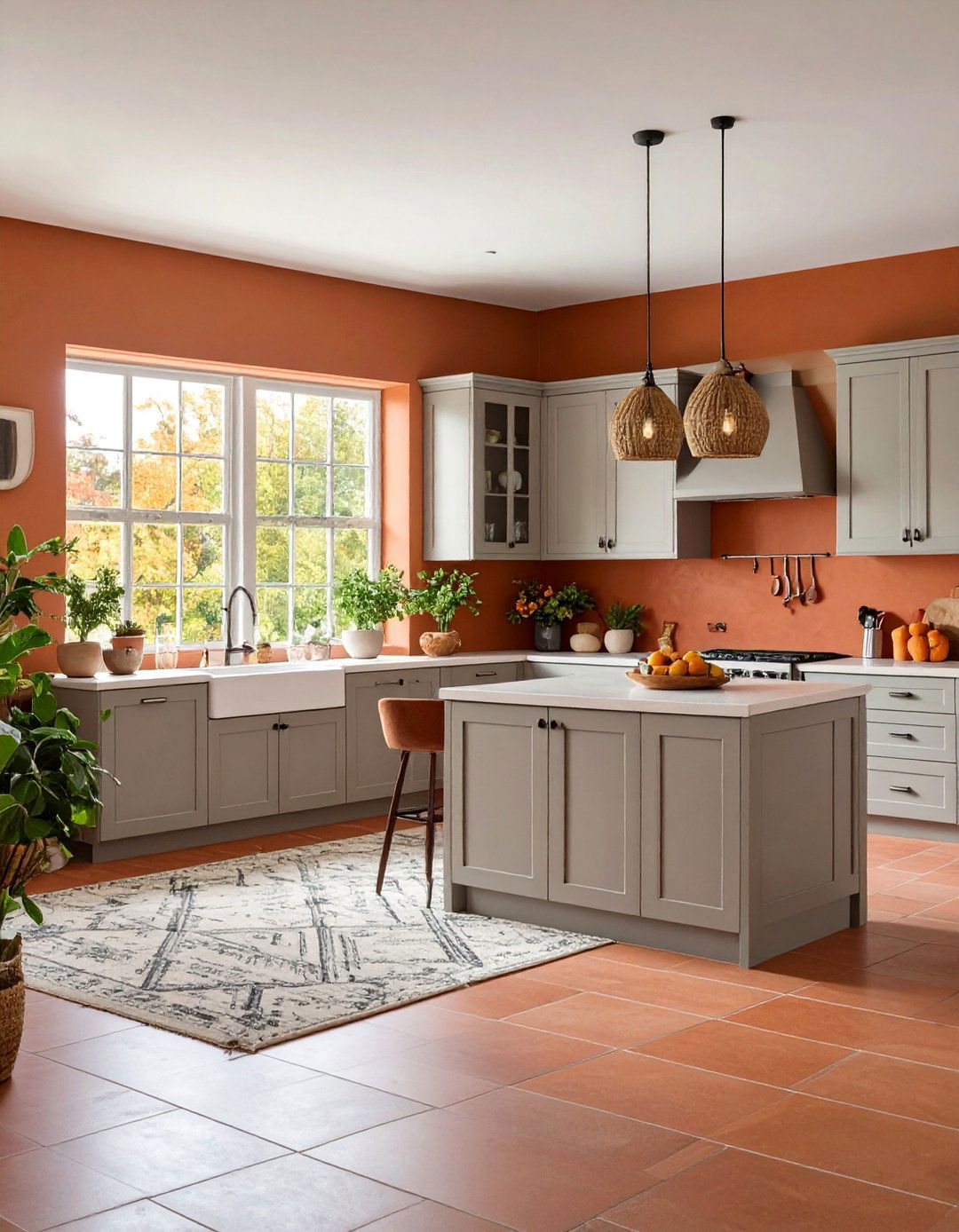
Glazed terracotta tiles receive a vitreous coating during firing, providing a protective seal against moisture and stains while offering rich, vibrant hues. Semi-glazed to high-glazed options allow customization of sheen levels—from soft matte to glossy finishes—that brighten spaces and facilitate easy cleaning. These tiles resist mold and mildew, making them ideal for busy kitchen environments where spills are common. Though glazed terracotta may cost more upfront, its longevity and low maintenance justify the investment in homes seeking a blend of warmth and practicality.
3. Hexagonal Terracotta Pattern
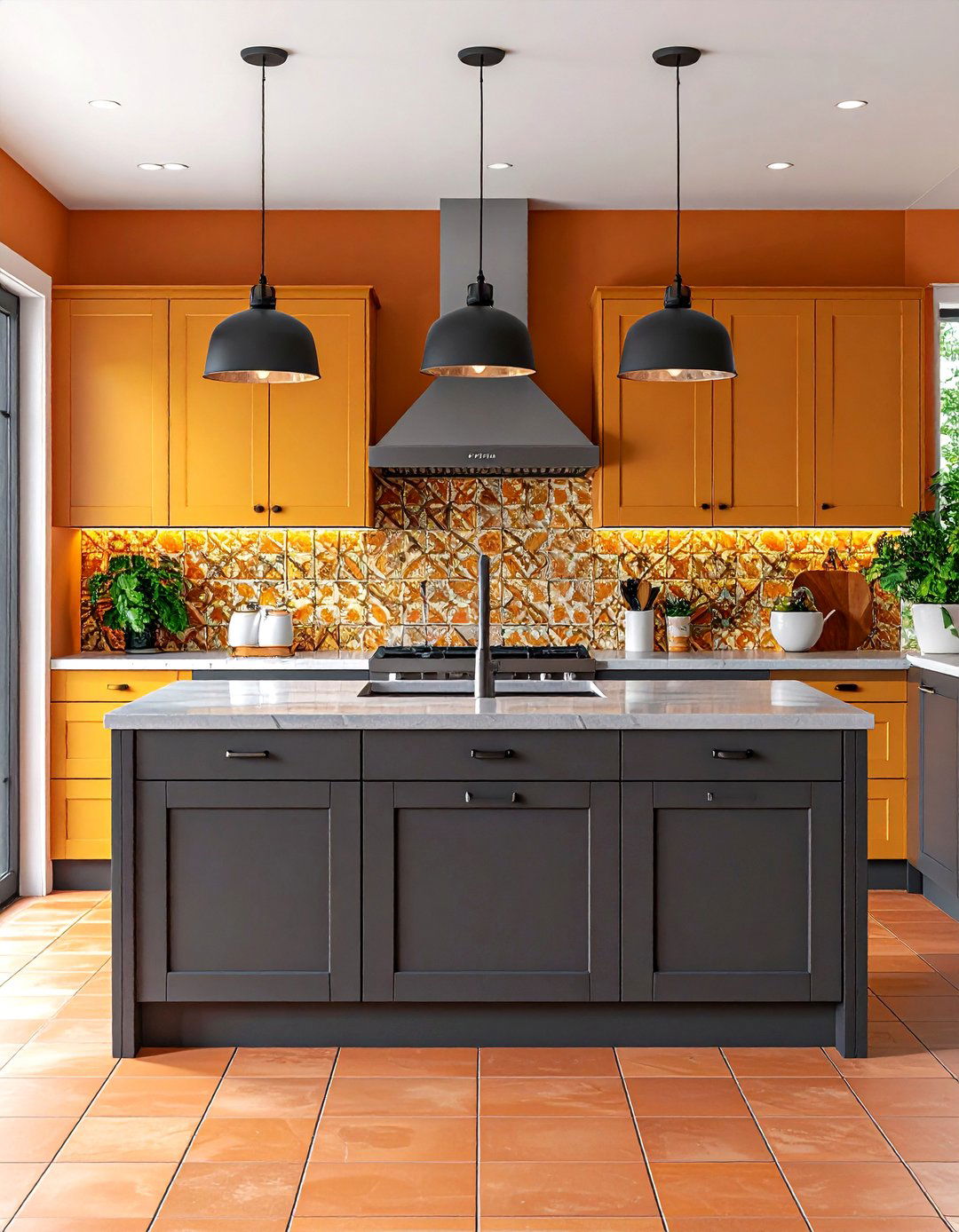
Hexagon-shaped terracotta tiles introduce geometric intrigue to kitchen floors, their facets catching light and accentuating variations in color and texture. This pattern harkens back to classic outdoor patios, seamlessly bridging interior and exterior aesthetics. Using reclaimed or mixed-tone hexagons intensifies the artisan feel, as seen in Greenwich Village duplexes and Spanish-style residences where the honeycomb arrangement creates dynamic visual movement. Hexagon layouts work well with both traditional cabinetry and modern minimalist designs, providing a versatile option for homeowners seeking depth and dimension.
4. Herringbone Layout for Visual Interest

A herringbone arrangement—laying rectangular terracotta tiles in a zigzag pattern—instantly energizes kitchen floors. The diagonal alignment adds directional flow and sophistication without overwhelming the room. Whether executed with slim “plank” tiles or traditional rectangles, herringbone can emphasize the length of narrow spaces or anchor open-plan kitchens. This pattern complements both farmhouse and contemporary aesthetics by introducing subtle movement while preserving terracotta’s earthy warmth. Accent borders or contrasting grout lines further define each “V,” enhancing the handcrafted look.
5. Diagonal Tile Installation for Dynamic Space
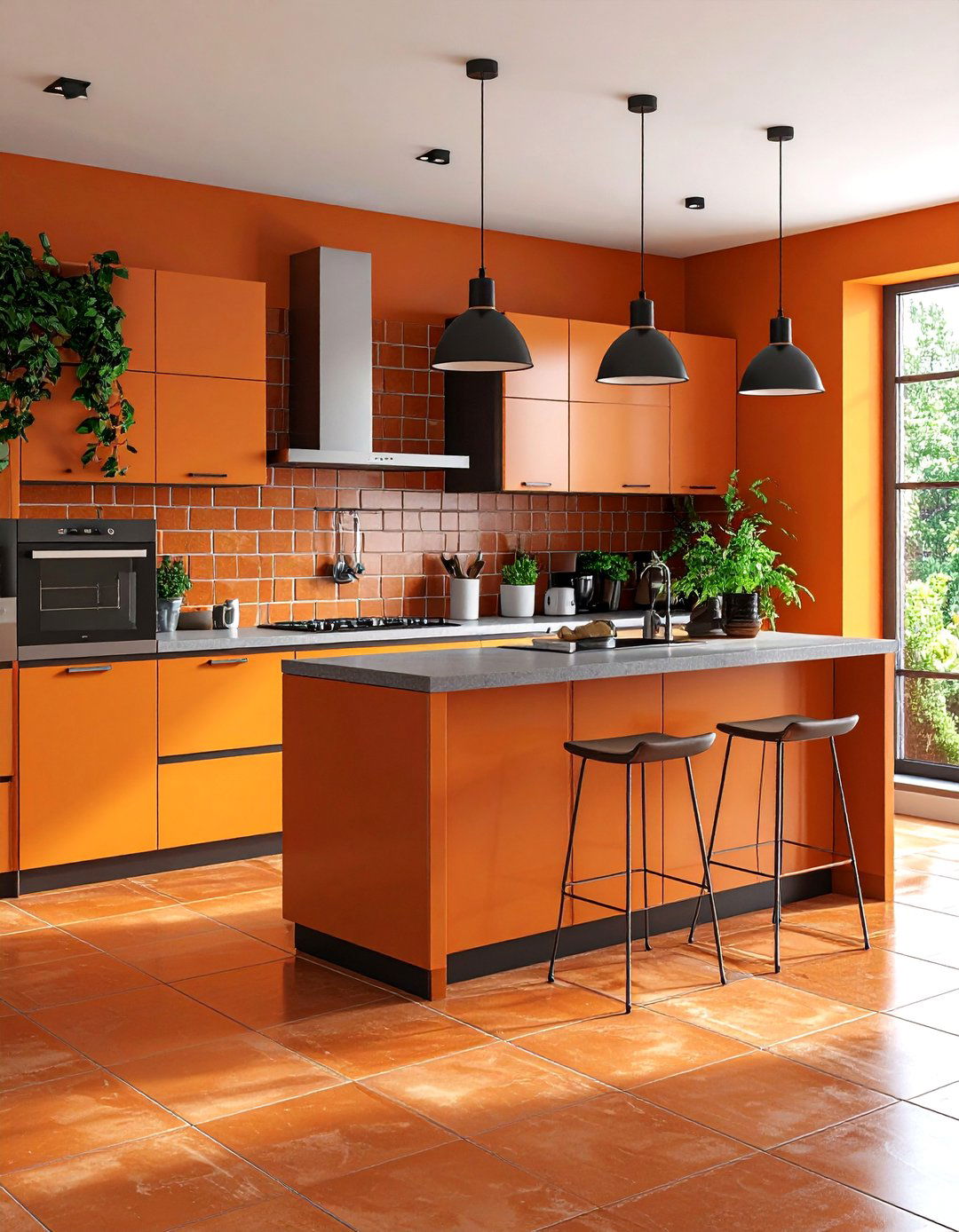
Installing square or rectangular terracotta tiles on the diagonal transforms the perception of room proportions—diagonal lines can make compact kitchens appear larger and draw the eye across the space. This technique adds architectural interest, breaking from conventional grid layouts. Pairing diagonal installation with uniform tile sizes maintains balance, while mixing in accent pieces or border tiles along the perimeter highlights the unique orientation. Diagonal floors bring an unexpected twist to classic terracotta that feels both timeless and fresh.
6. Mixed Tile Sizes for Custom Layouts

Combining multiple tile dimensions—such as large-format squares, narrow planks, and small accent pieces—creates bespoke patterns tailored to a kitchen’s shape and style. This approach allows homeowners to frame work zones, accentuate islands, or delineate dining nooks. For instance, large tiles in open areas paired with smaller tiles around prep stations can subtly guide traffic flow. Mixed-size layouts also let you incorporate decorative motifs or medallion tiles for focal points. The variation in scale amplifies texture and visual depth, making your terracotta floor uniquely yours.
7. Border Inlay Designs for Framed Floors
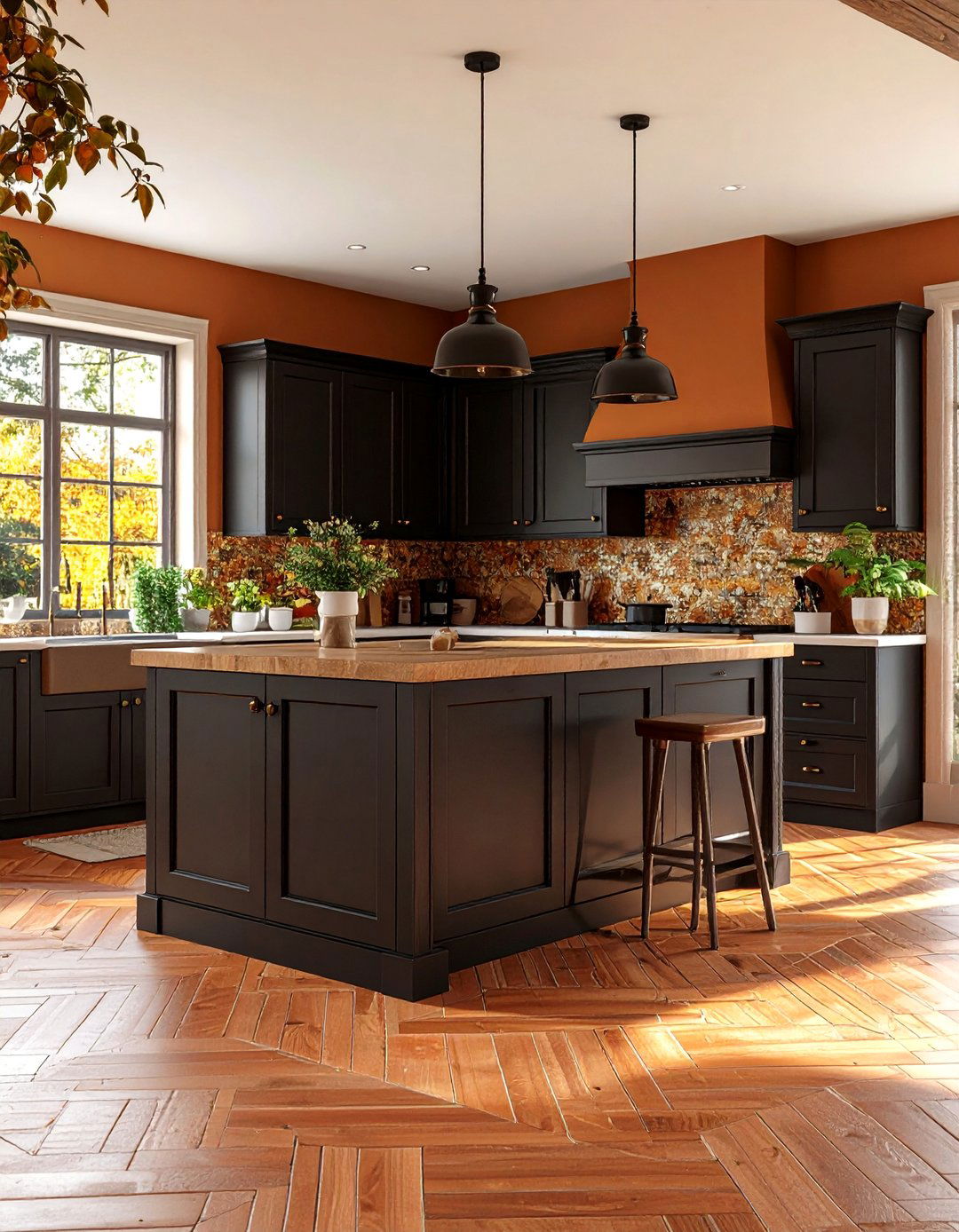
Border inlays—using contrasting terracotta hues or patterned tiles around the room’s perimeter—create a framed, rug-like effect that defines the kitchen space. A simple offset border of narrow bricks or encaustic-style inlays can distinguish the cooking area from adjacent living spaces, particularly in open-plan homes. For a subtle look, choose a slightly darker tone than the field tiles; for a bolder statement, opt for hand-painted or glazed decorative tiles. Border designs accentuate floor edges and add a custom, gallery-like quality.
8. Polished Terracotta for Modern Kitchens
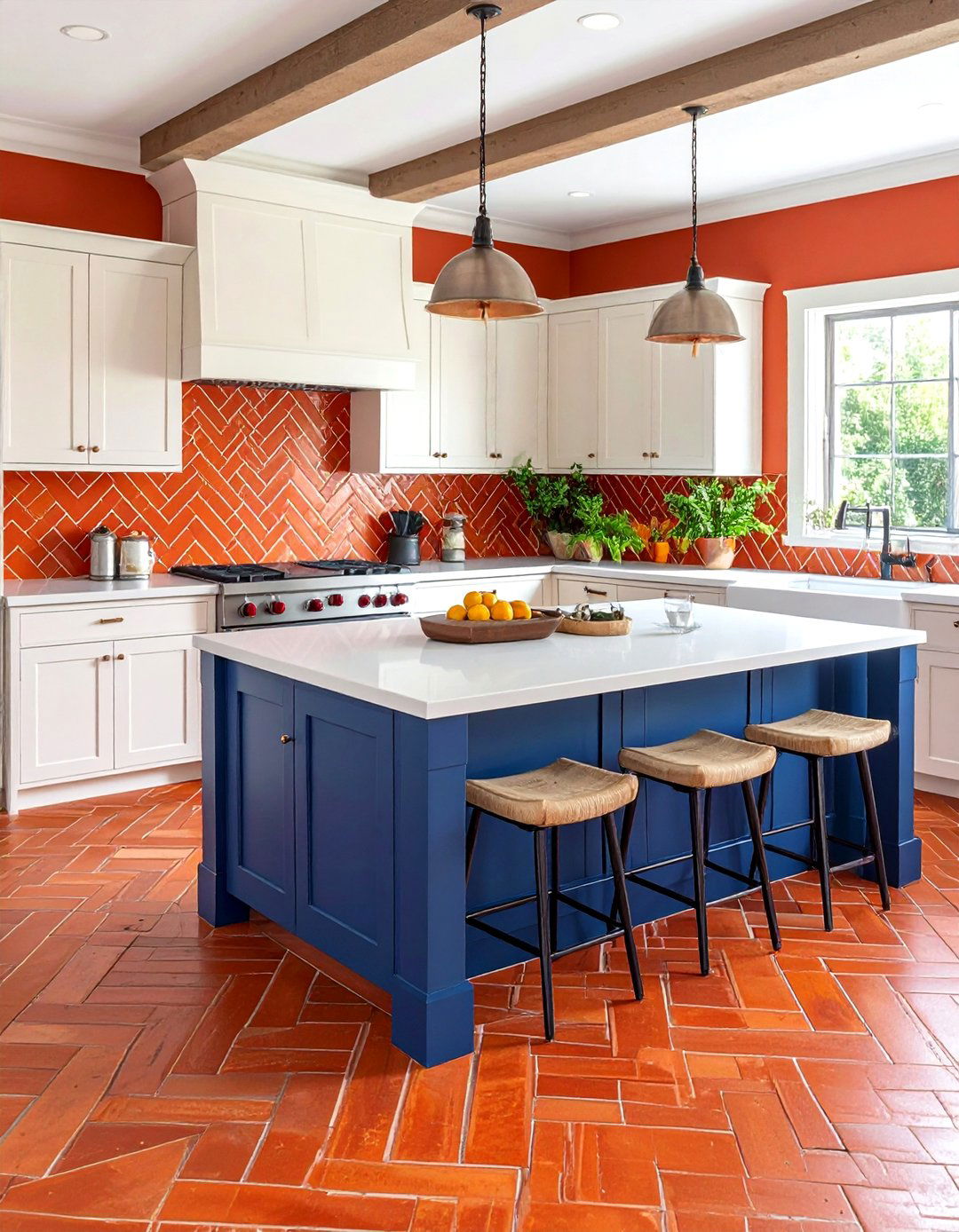
Polished or honed terracotta tiles provide a sleek surface that bridges rustic material with contemporary sensibilities. The flatter sheen highlights color variations and minerals in the clay, creating a refined look suitable for minimalist or industrial-style kitchens. Polished terracotta resists staining and is easier to maintain than unglazed finishes, while still offering that warm earthy palette. Pair with streamlined cabinetry and stainless-steel appliances for a high-contrast interplay between natural texture and modern form.
9. Large-Format Terracotta for a Spacious Feel

Using large-format terracotta tiles (e.g., 12×12" or bigger) reduces grout lines, resulting in a cleaner, more continuous floor expanse that visually enlarges the kitchen. The sweeping terracotta fields add depth and allow the clay’s natural tonal gradations to shine. Large tiles pair well with minimalist cabinetry and open shelving, fostering an airy, open-plan environment. A honed finish on these formats keeps the aesthetic sophisticated while preserving the material’s intrinsic charm.
10. Pairing Dark Cabinets with Warm Terracotta
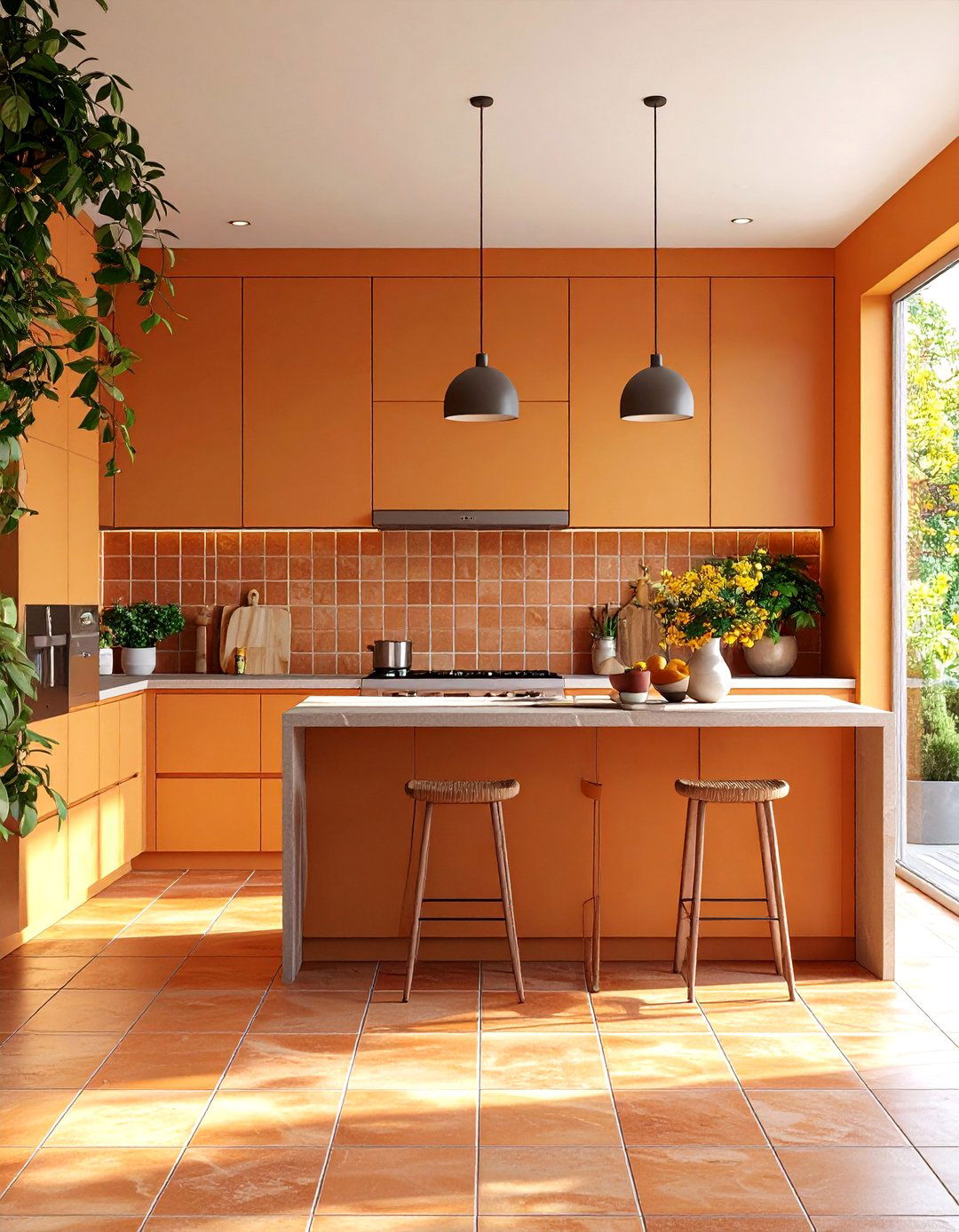
Dark cabinetry—whether matte black, deep navy, or espresso brown—creates a dramatic backdrop for terracotta floors. The clay’s warm red-brown tones soften the starkness of dark hues, offering a balanced contrast between bold and organic elements. Incorporate brass hardware and natural-wood countertops to tie the two palettes together. This combination exudes both modern sophistication and rustic coziness, making the kitchen feel grounded yet refined.
11. Minimalist Kitchens with Terracotta Warmth
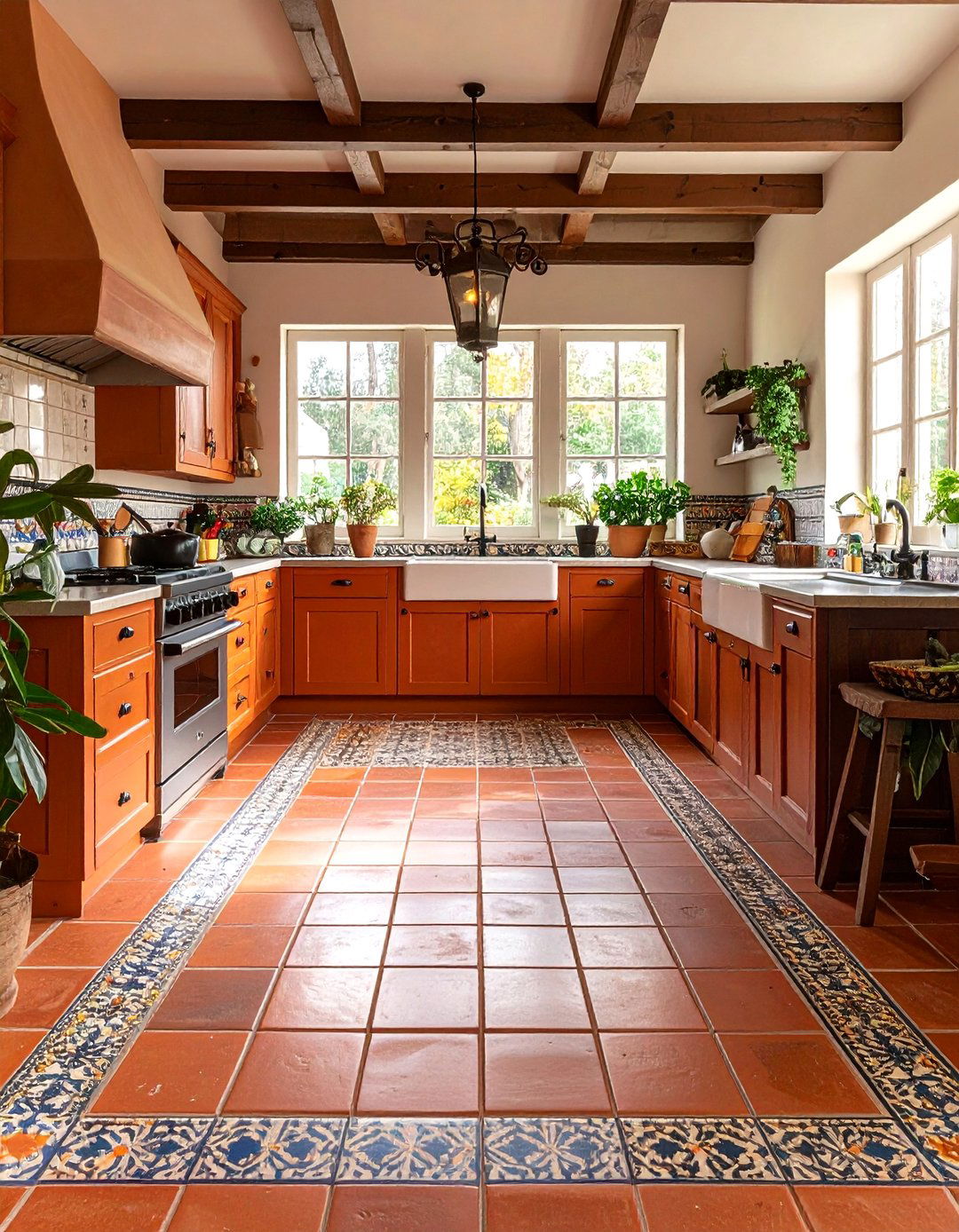
In ultra-minimalist kitchens defined by clean lines and monochrome palettes, terracotta floors introduce textural warmth and color without compromising simplicity. Uniform, large-format tiles maintain the sleek aesthetic, while subtle tonal shifts in the clay break up expanses of white or gray cabinetry. Pair with matte-finish fixtures and streamlined hardware to let the terracotta serve as the design’s anchor, enhancing comfort in an otherwise stark space.
12. Mediterranean Vibes with Warm Hues
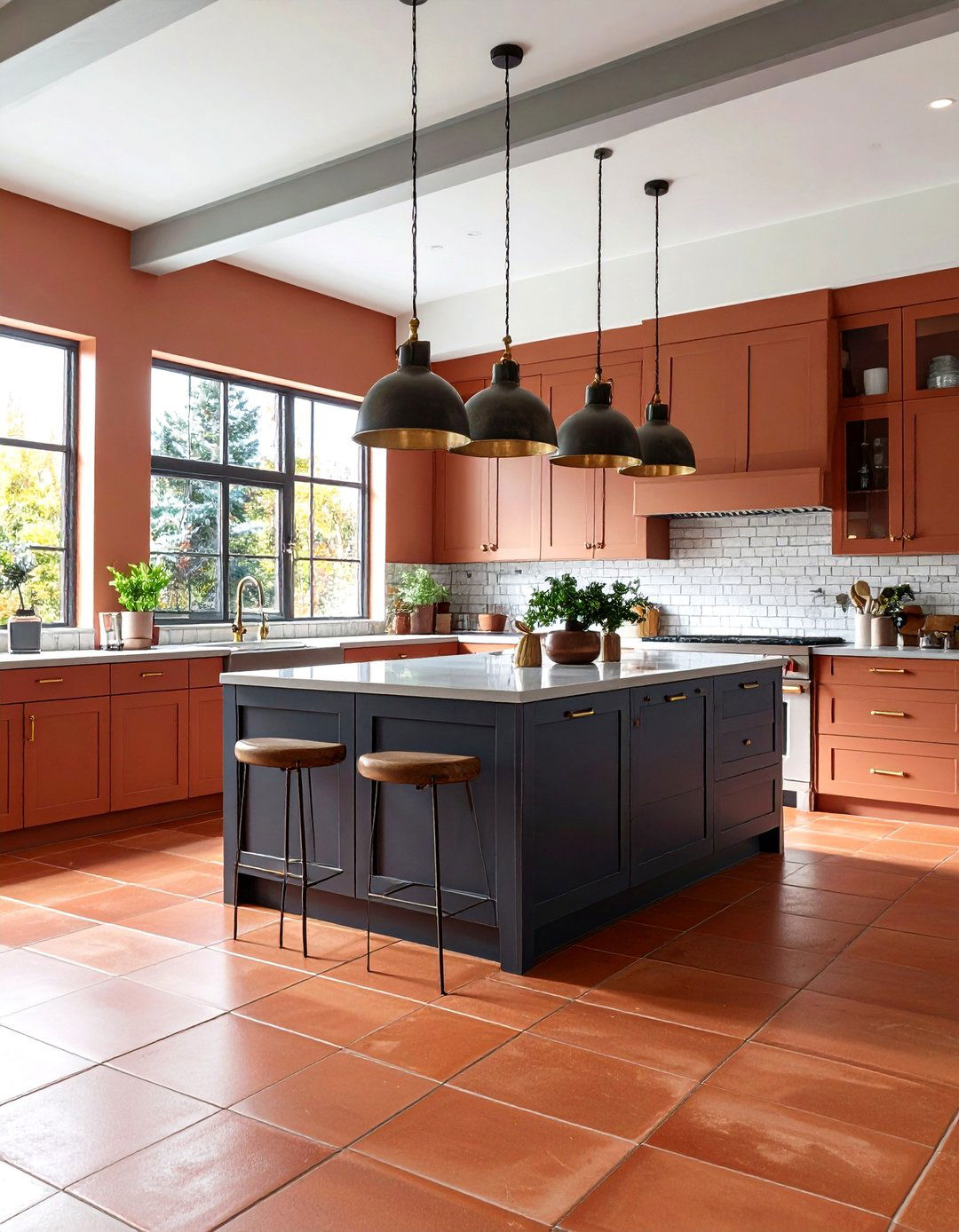
Echoing sun-baked landscapes, terracotta in rich burnt orange, deep red, and golden-brown hues infuses kitchens with Mediterranean flair. Complement with white plaster walls, blue and white patterned backsplashes, and wrought-iron accents for an authentic coastal ambience. Hand-painted or irregular-edged tiles reinforce the artisanal feel, while arched doorways and open shelving complete the breezy, Old-World retreat aesthetic.
13. Contrasting Grout for Defined Patterns
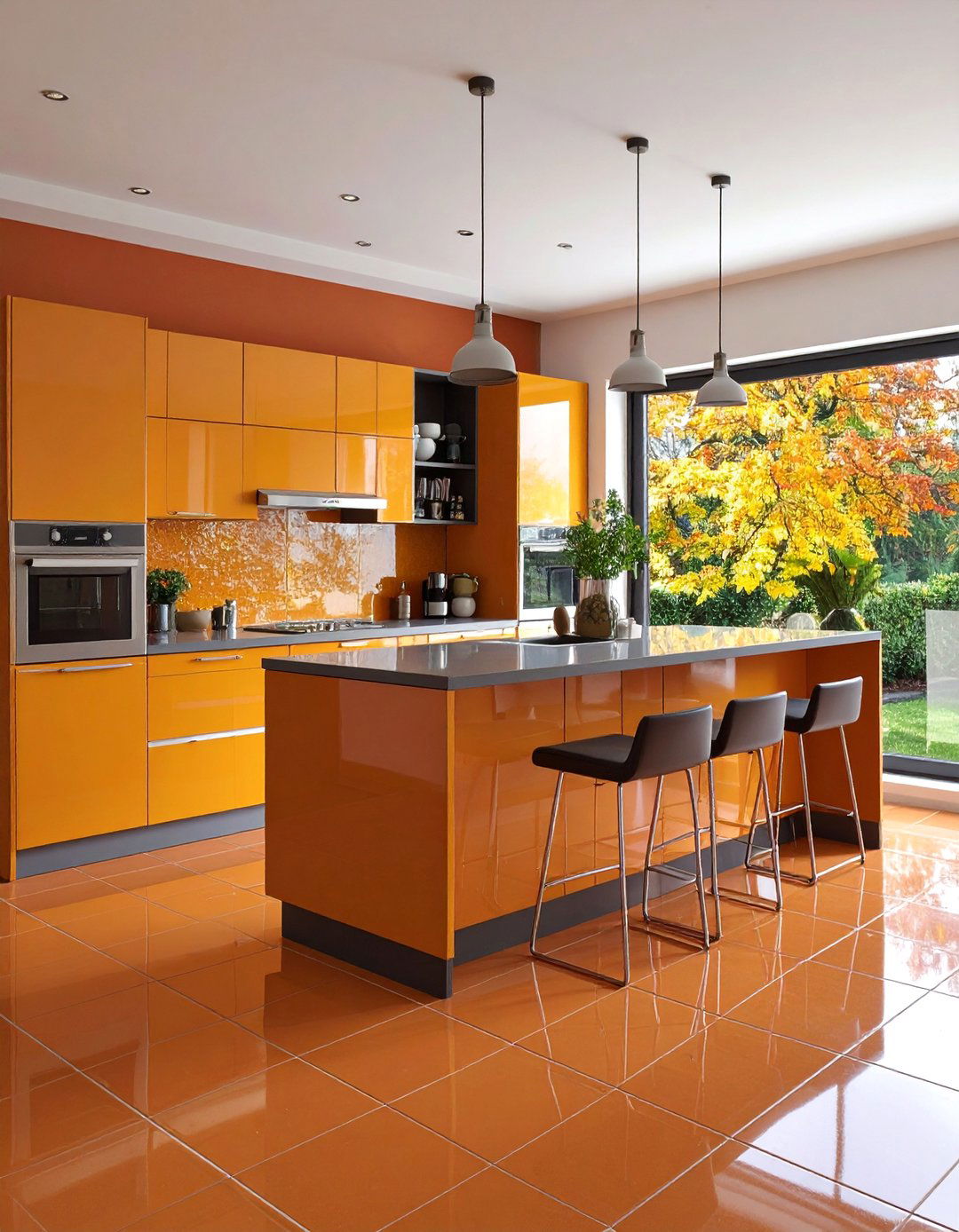
Using grout in a contrasting color—dark gray against lighter terracotta or white grout with deeper clay tones—highlights each tile’s shape and pattern. This technique accentuates herringbone, hexagon, or basket-weave installations, drawing the eye to the intricate floor design. Beyond aesthetics, darker grout in high-traffic kitchens minimizes the appearance of stains, offering both style and practicality.
14. Distressed Finish for Vintage Appeal

Distressed or tumbled terracotta tiles exhibit worn edges and surface etchings that simulate centuries of use. This finish works beautifully in period-style homes, French country cottages, or any space seeking a storied, lived-in look. Pair distressed floors with antique furnishings, open-beam ceilings, and reclaimed wood accents to amplify the sense of history and authenticity.
15. Hand-Painted Motifs for Artistic Flair

Artisan-crafted, hand-painted terracotta tiles introduce bespoke motifs—floral patterns, geometric designs, or personalized insignias—that break the uniformity of plain clay floors. Group these feature tiles as medallions or scatter them sparingly across the field for subtle delight. A muted glaze can protect painted surfaces while allowing brushstrokes and pigment variations to remain visible, making each tile a tiny work of art.
16. Terracotta Paired with Natural Wood Elements
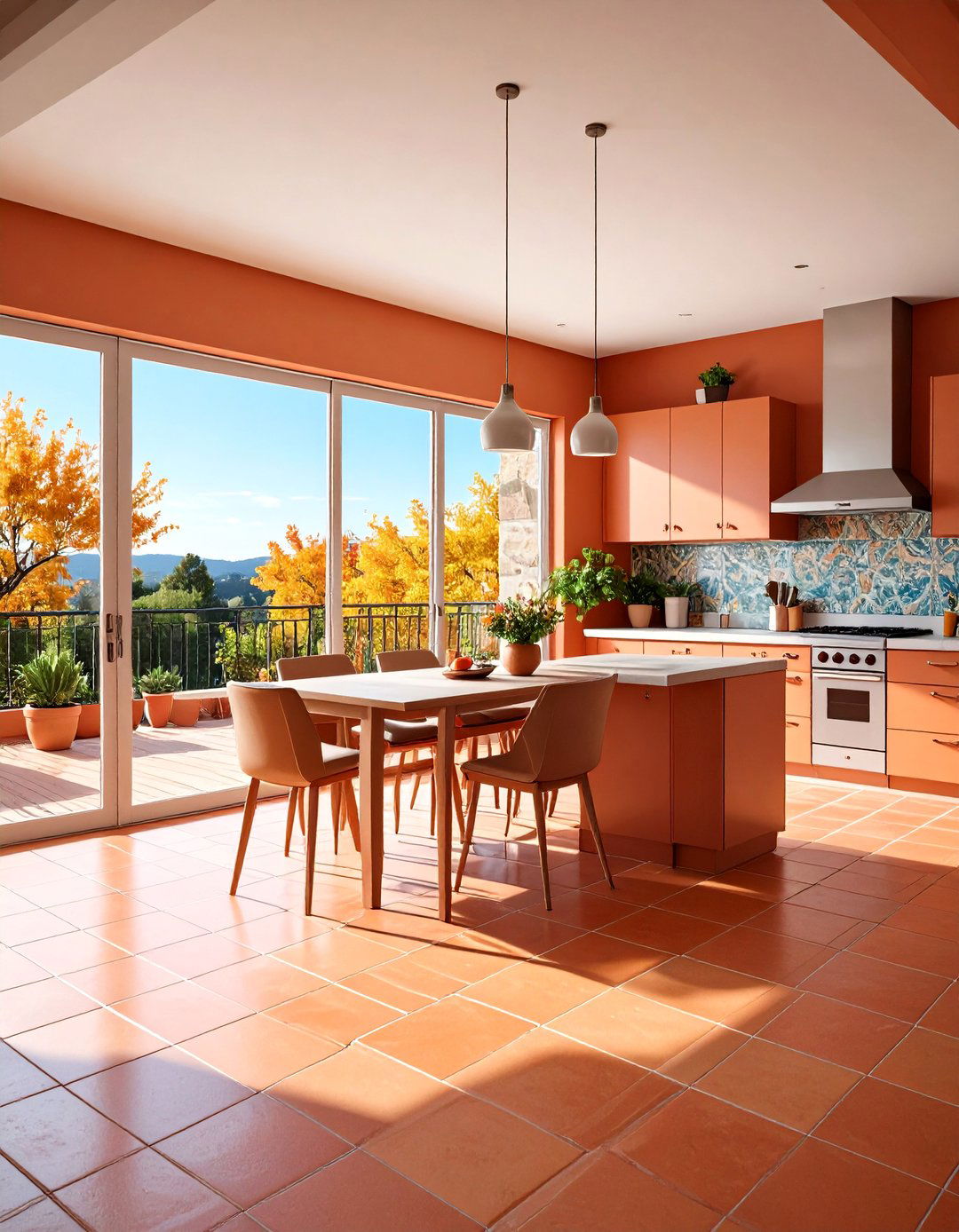
Integrating warm-toned woods—oak, walnut, or reclaimed timber—with terracotta floors enhances the kitchen’s organic character. Wooden cabinetry, butcher-block countertops, or open shelving echo the clay’s earthy hues, creating harmony. The interplay of clay and wood textures fosters a cozy, co-living aesthetic that feels handcrafted and inviting, particularly in rustic or Scandinavian-inspired designs.
17. Terracotta with Metal Accents for Contemporary Edge
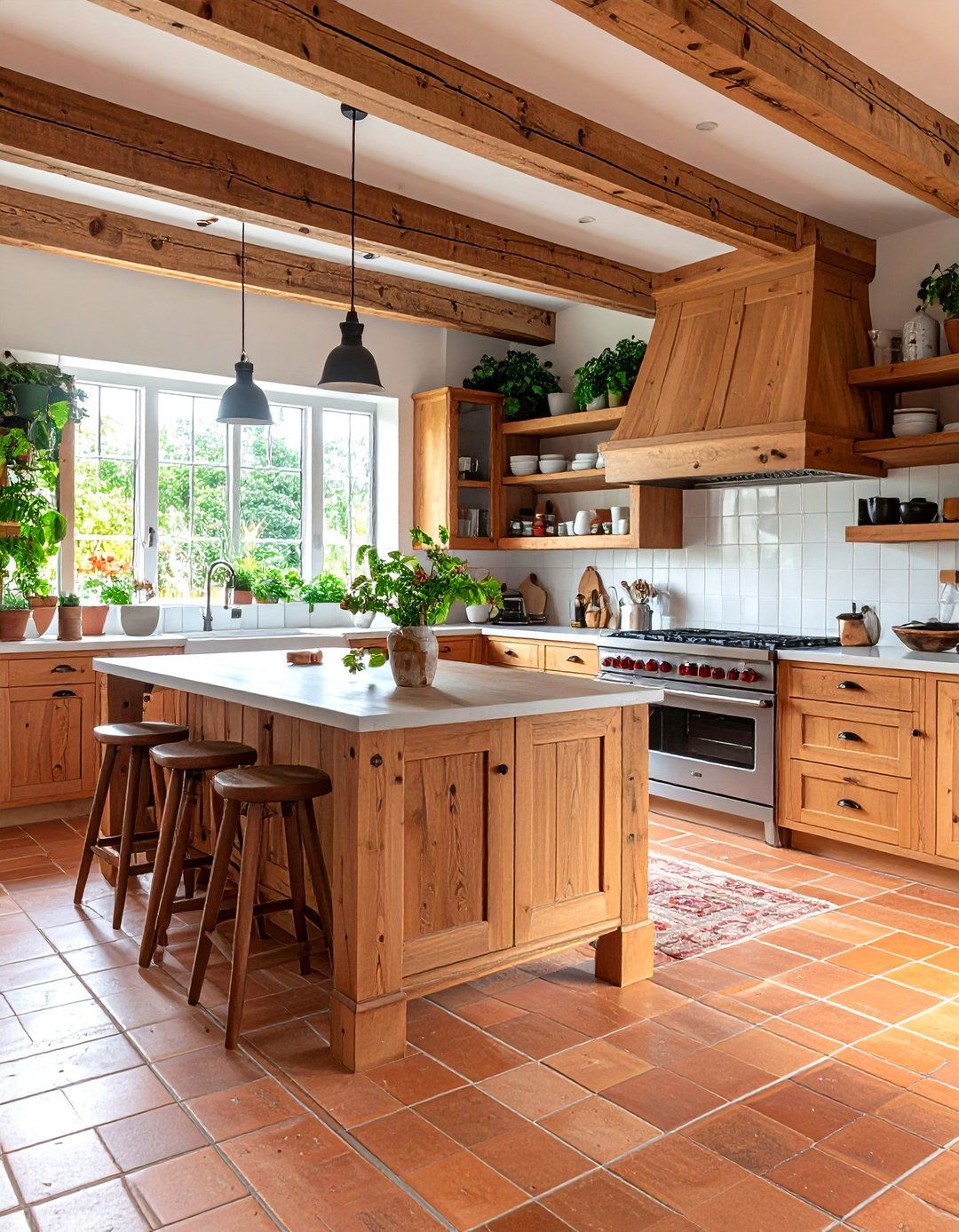
Combine terracotta flooring with sleek metal elements—brushed brass fixtures, matte-black hardware, or stainless-steel appliances—to balance earthiness and urban chic. Metal barstools and industrial pendants juxtaposed against warm clay tiles add a refined edge, making the kitchen feel both grounded and cosmopolitan. This fusion appeals to those seeking a sophisticated yet approachable space.
18. Indoor-Outdoor Flooring Continuity
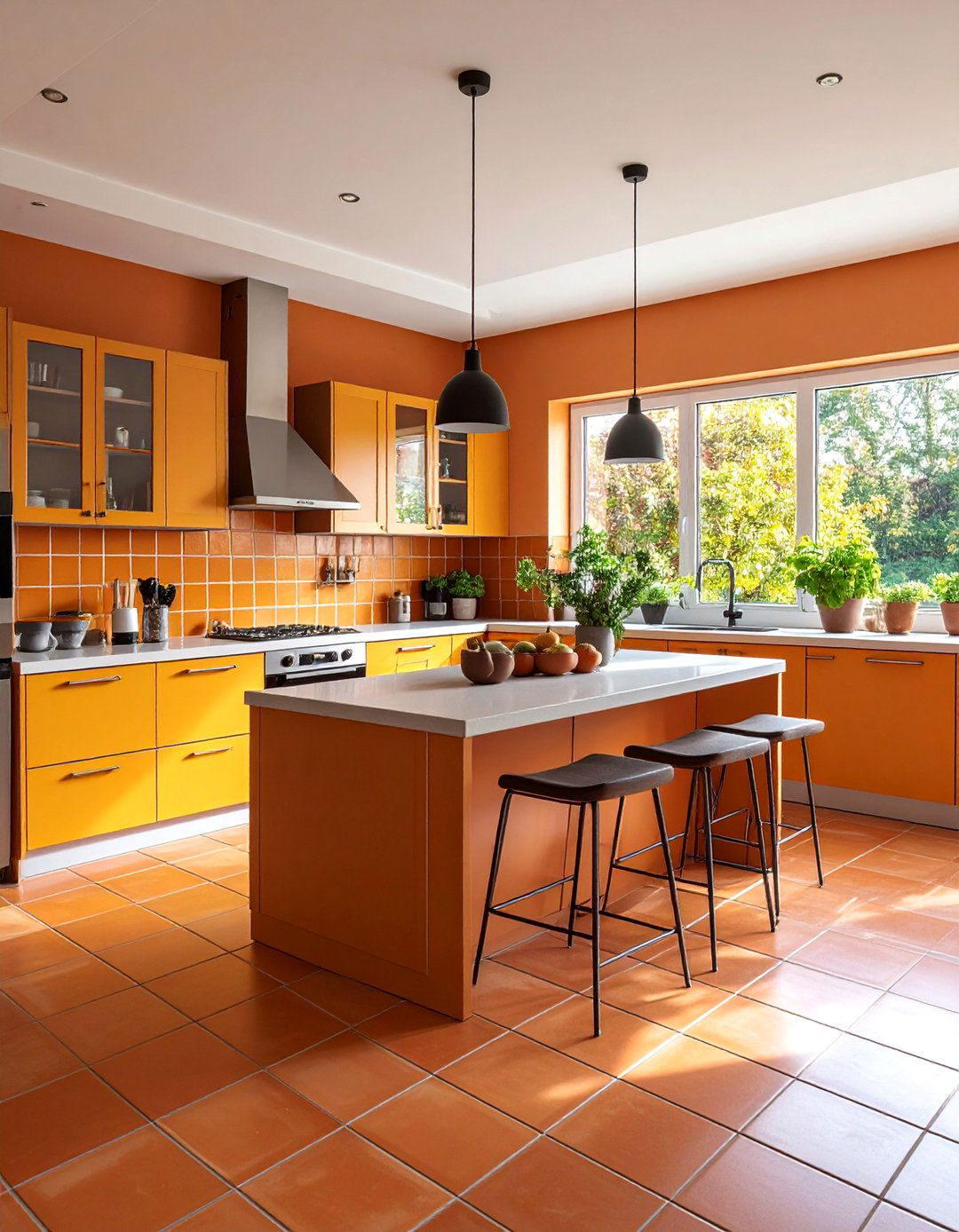
Extend terracotta floors seamlessly from the kitchen to adjacent patios or terraces to blur indoor-outdoor boundaries. Matching tile fields between interior and exterior spaces create visual continuity, expanding the perceived living area. Large sliding doors or expansive windows enhance the flow, while durable, sealed terracotta withstands outdoor elements, ensuring a unified design that embraces nature.
19. Eco-Friendly Reclaimed Terracotta

Reclaimed terracotta pavers sourced from historic buildings reduce environmental impact and add authentic patina. Each tile carries unique imperfections and history, contributing to a sustainable design ethos. Properly cleaned and sealed, reclaimed clay offers the same durability as new tiles, with the added benefit of carbon footprint reduction and a richer narrative underfoot.
20. Warm Neutral Palettes with Terracotta

Pair terracotta floors with soft neutral palettes—warm whites, beige, taupe, or light gray—to let the clay’s rich tones stand out. Neutral cabinetry and countertops provide a gentle backdrop, allowing terracotta’s warmth to become the room’s focal point. Layer in natural textiles—linen curtains, jute rugs—and subtle greenery for a balanced, inviting kitchen that feels both fresh and grounded.
Conclusion:
Terracotta kitchen floors marry functional durability with soulful beauty, offering endless possibilities across styles—from rustic Mediterranean to sleek modern. By choosing the right tile shape, finish, layout, and complementary materials, you can customize a floor that becomes the culinary heart of your home. Whether through reclaimed pavers, artisanal motifs, or creative patterns, terracotta empowers personal expression while ensuring warmth underfoot. Proper sealing and maintenance preserve its charm, promising that your terracotta kitchen will age gracefully and continue to inspire for generations.


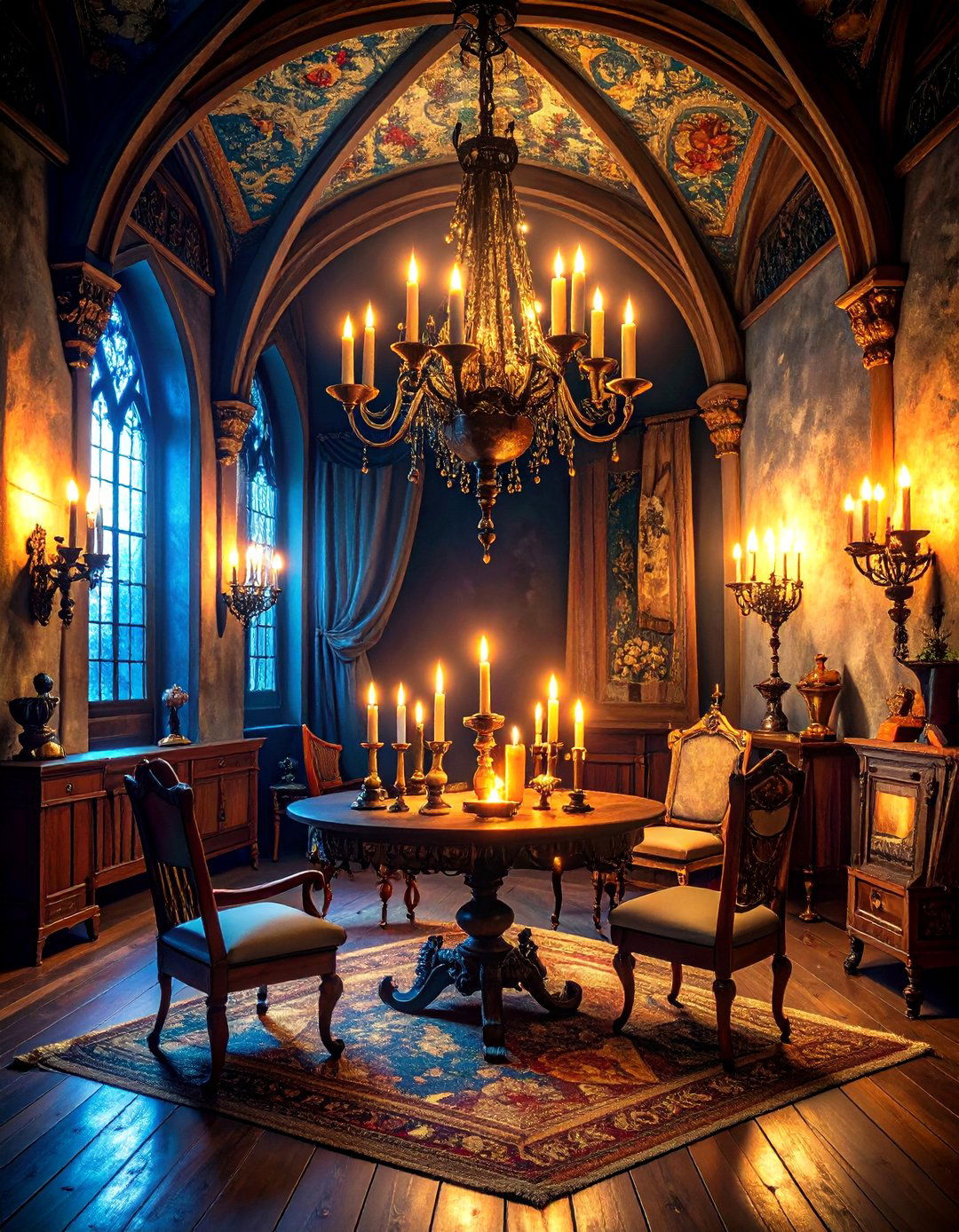
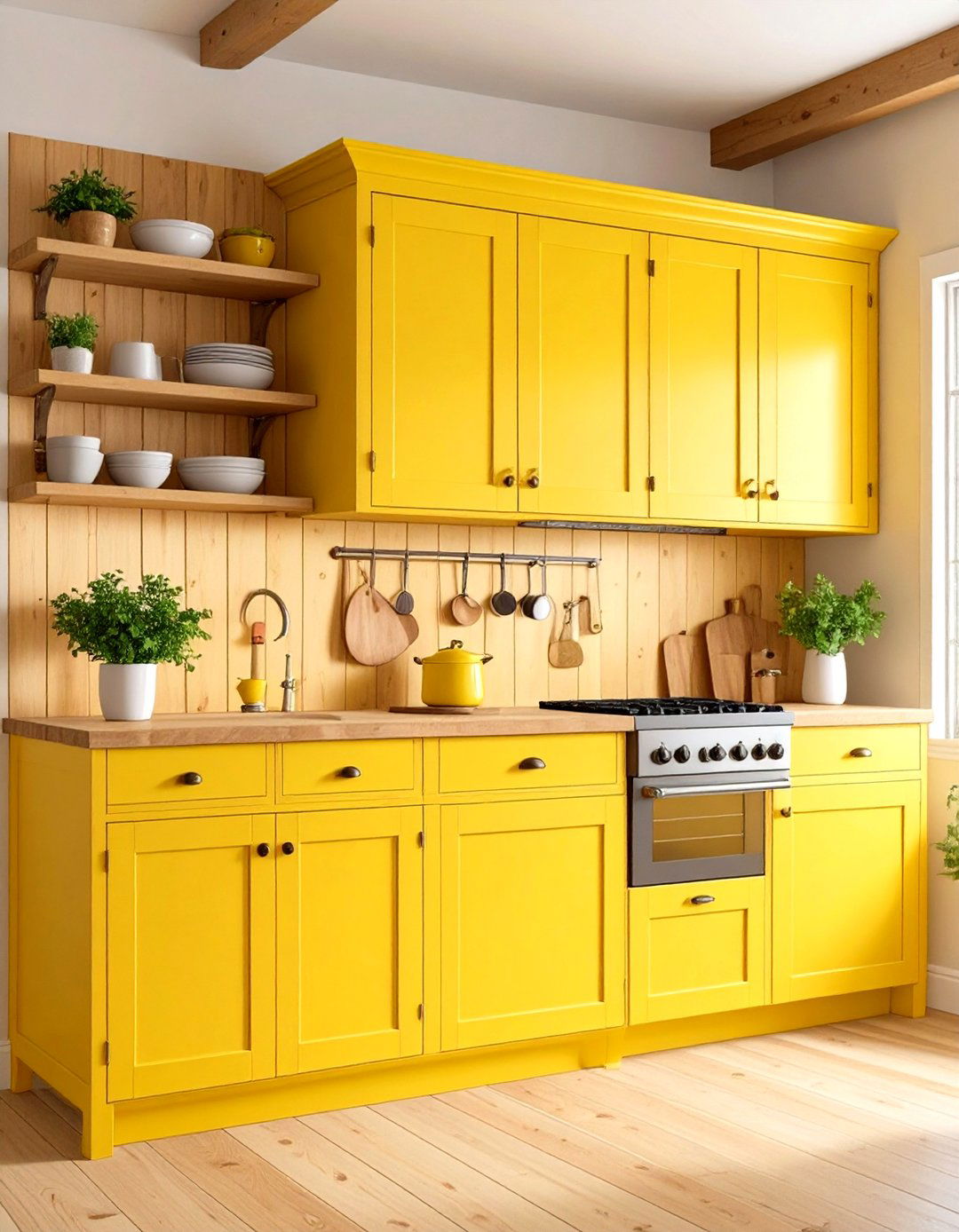
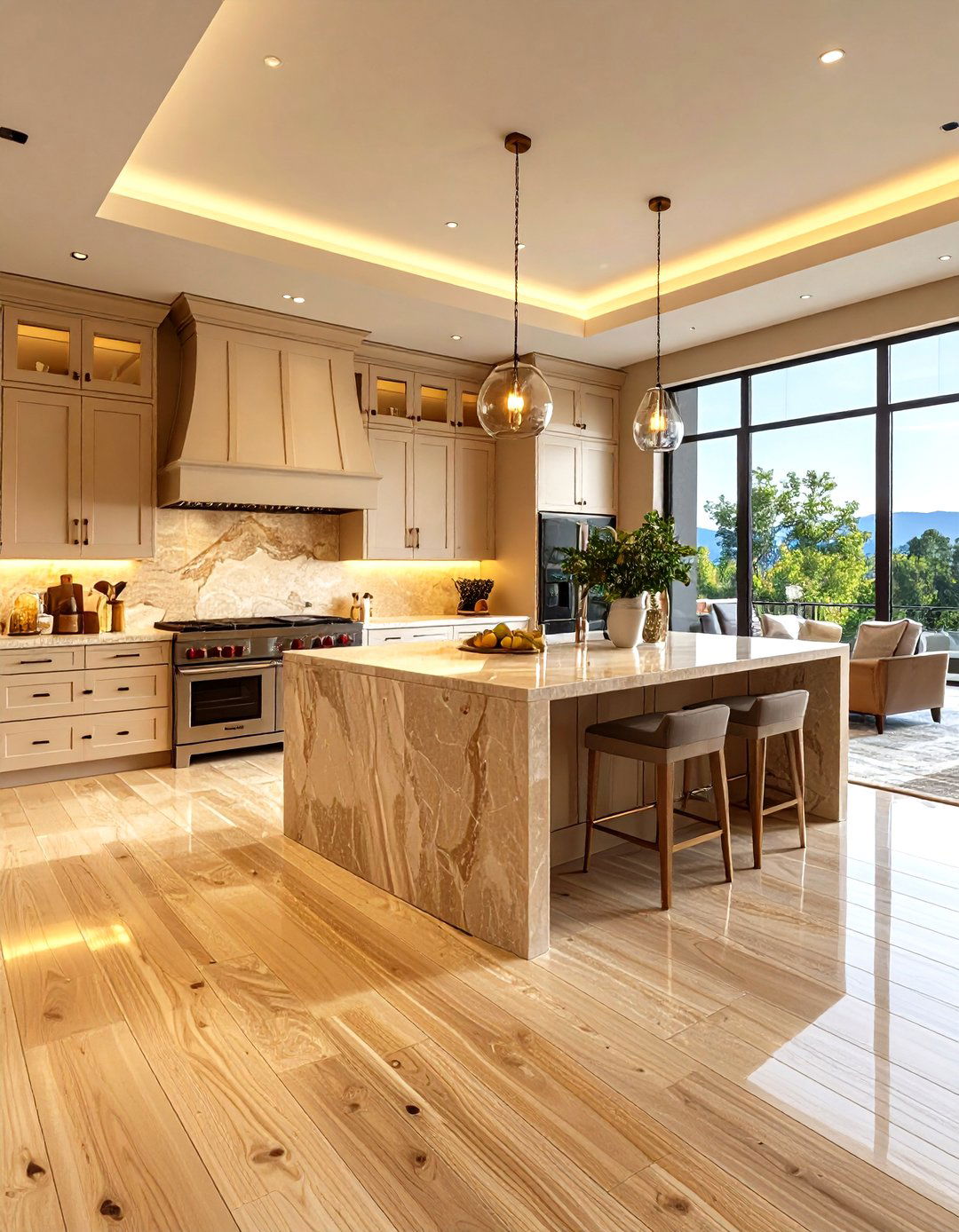
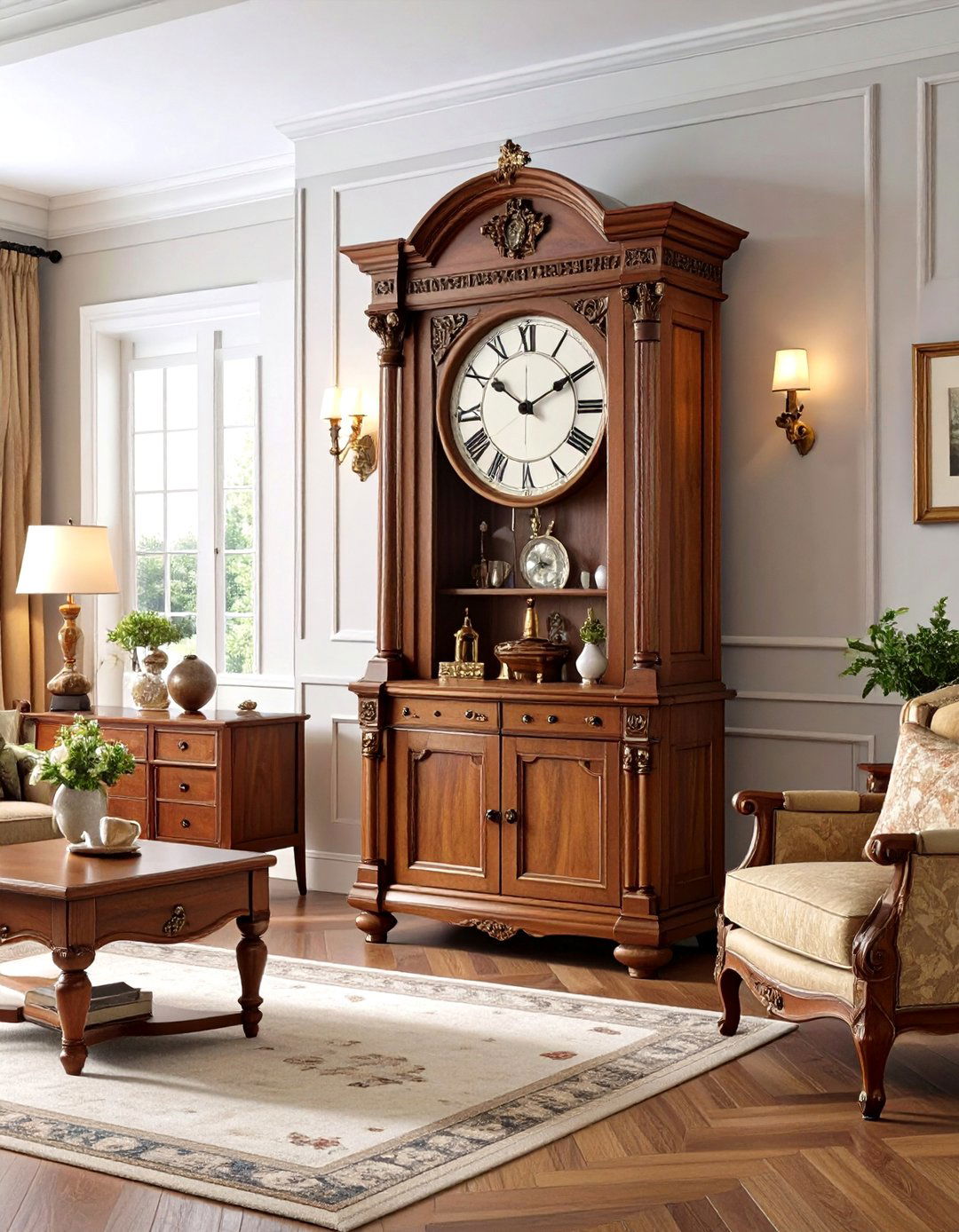
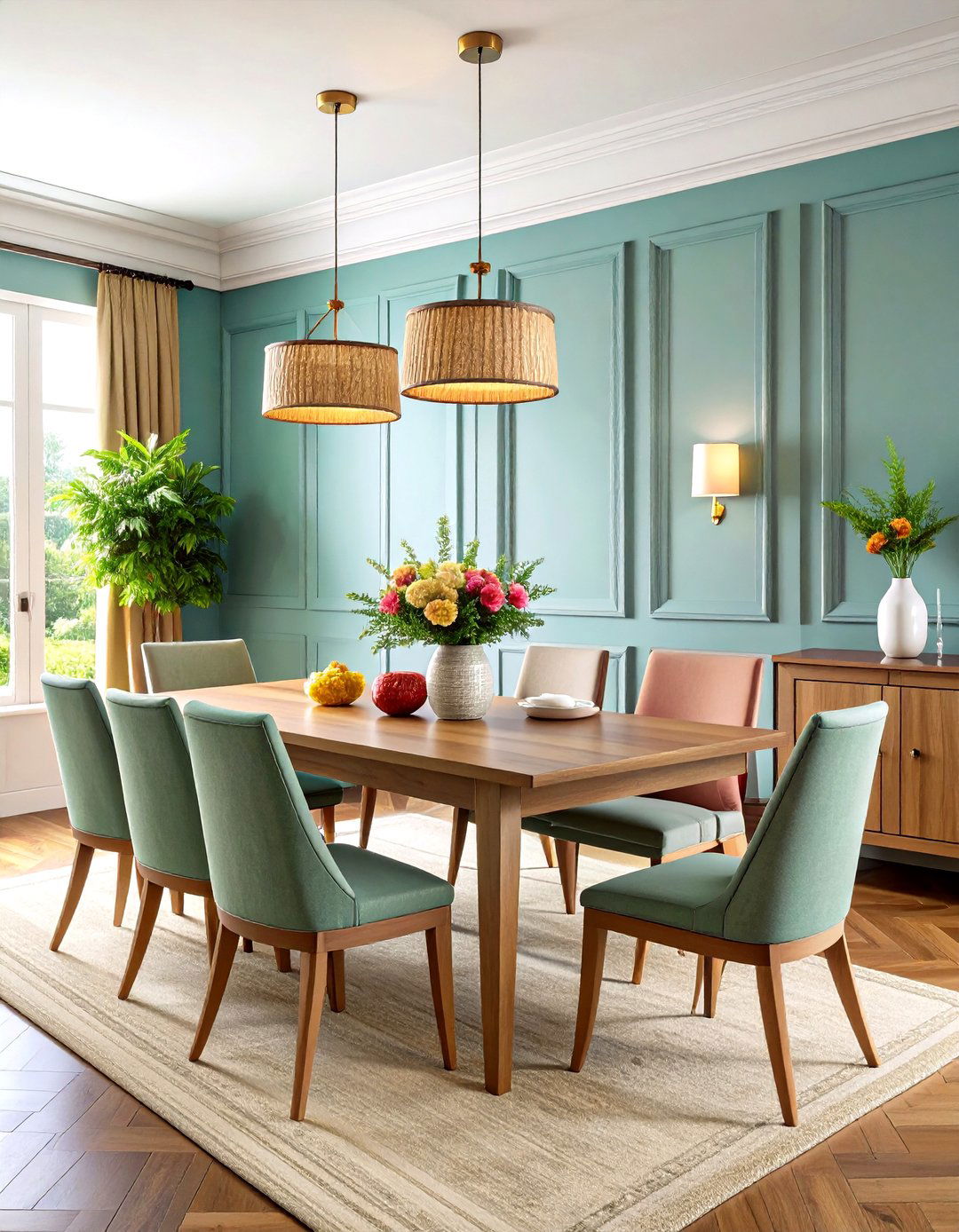

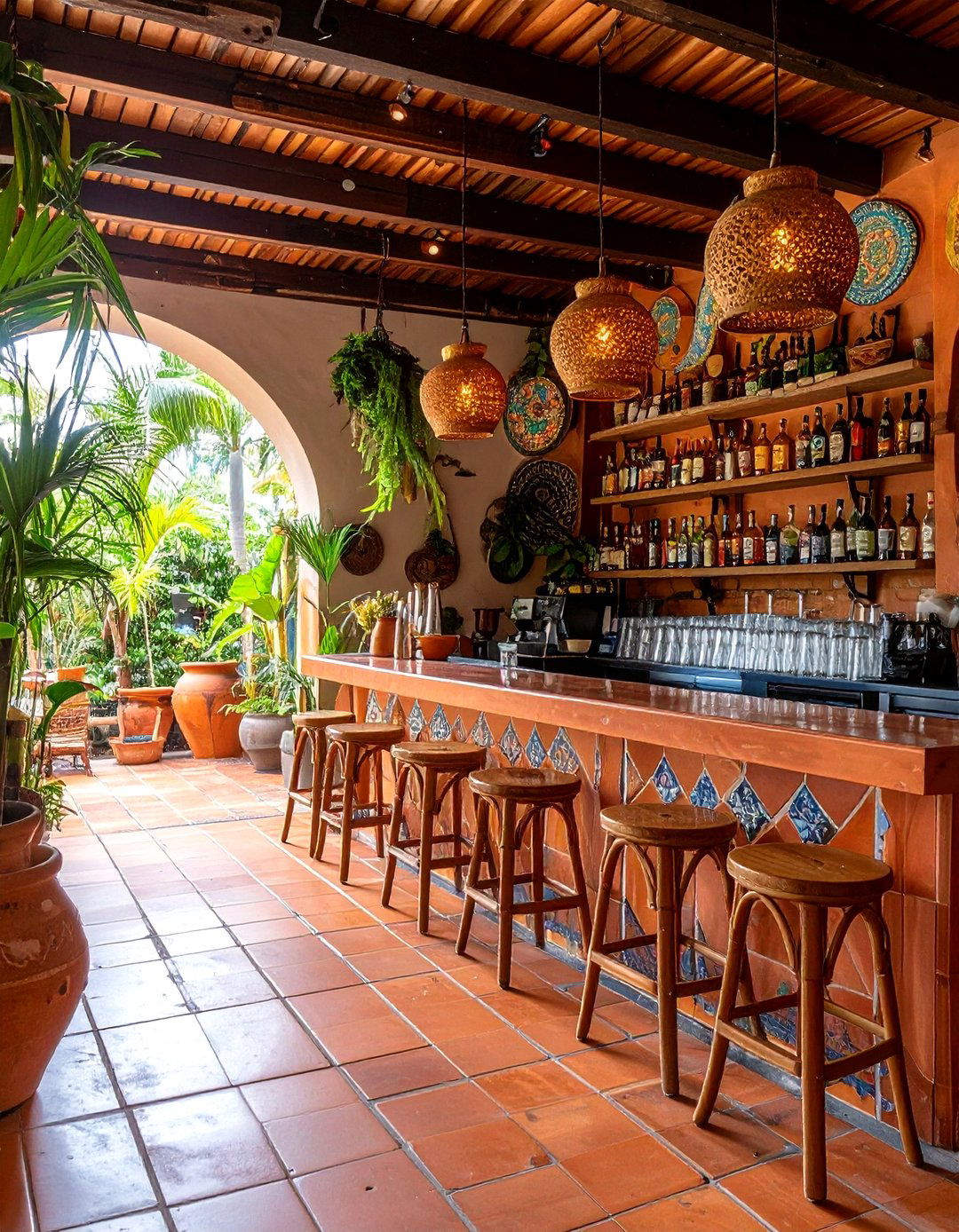
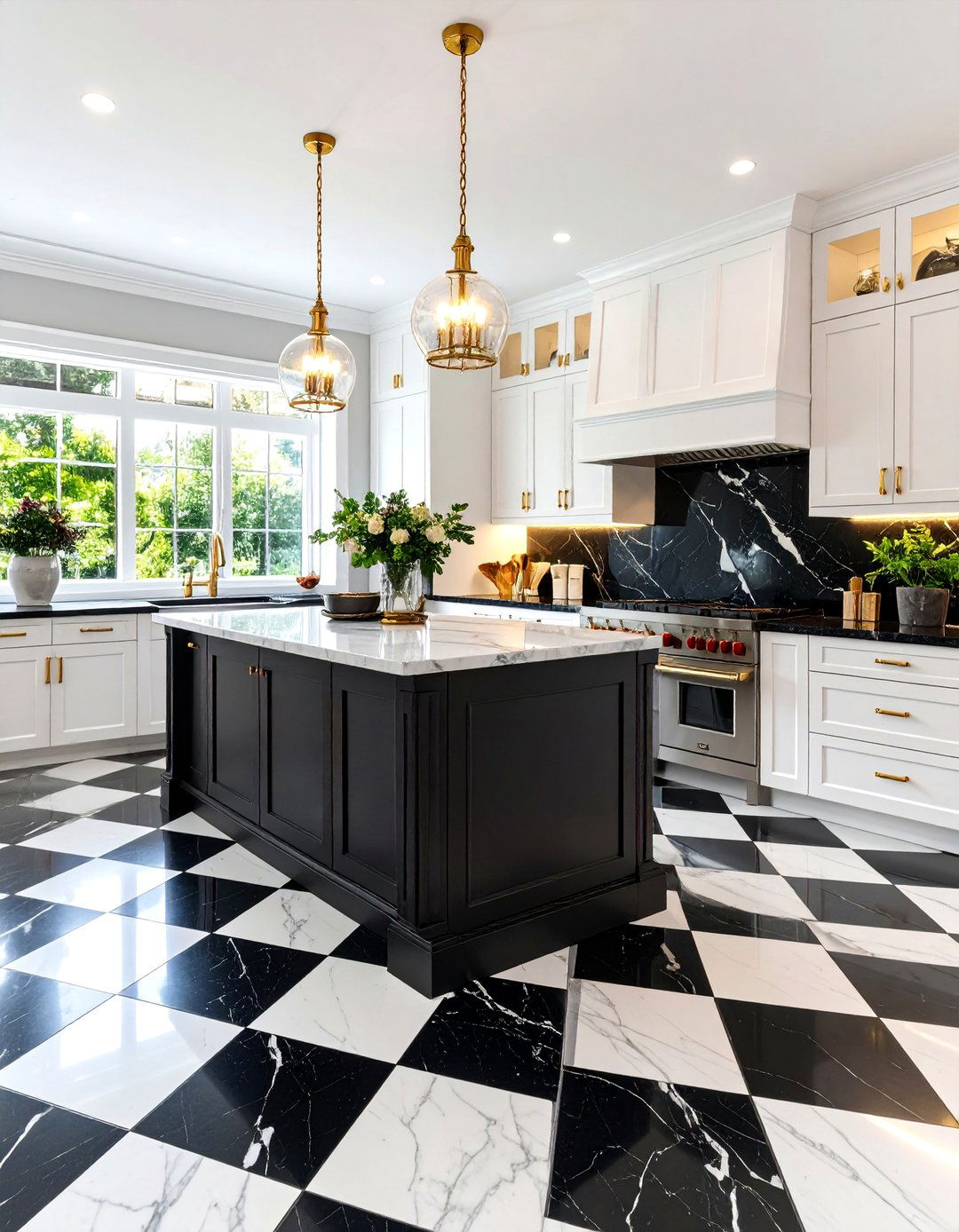

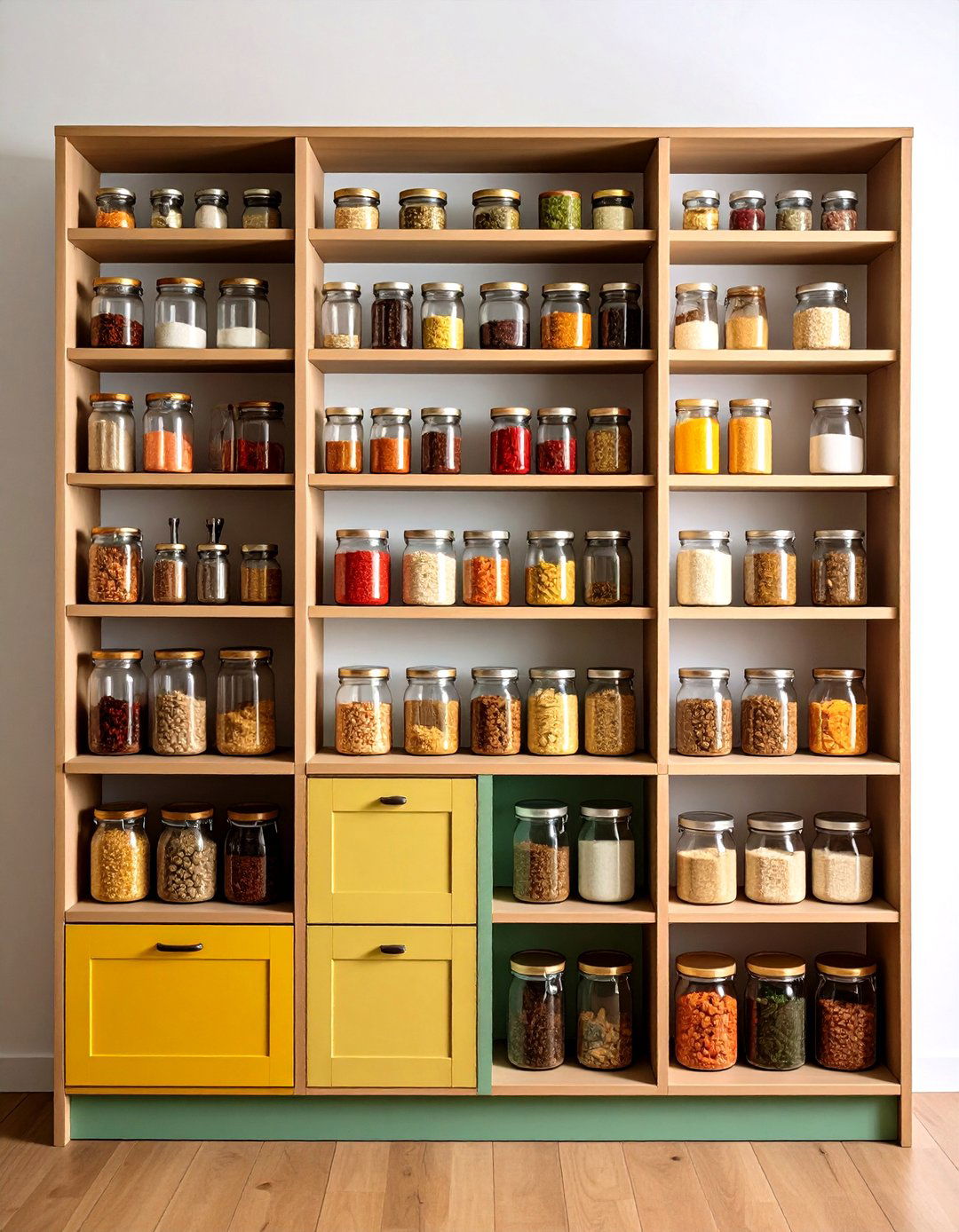


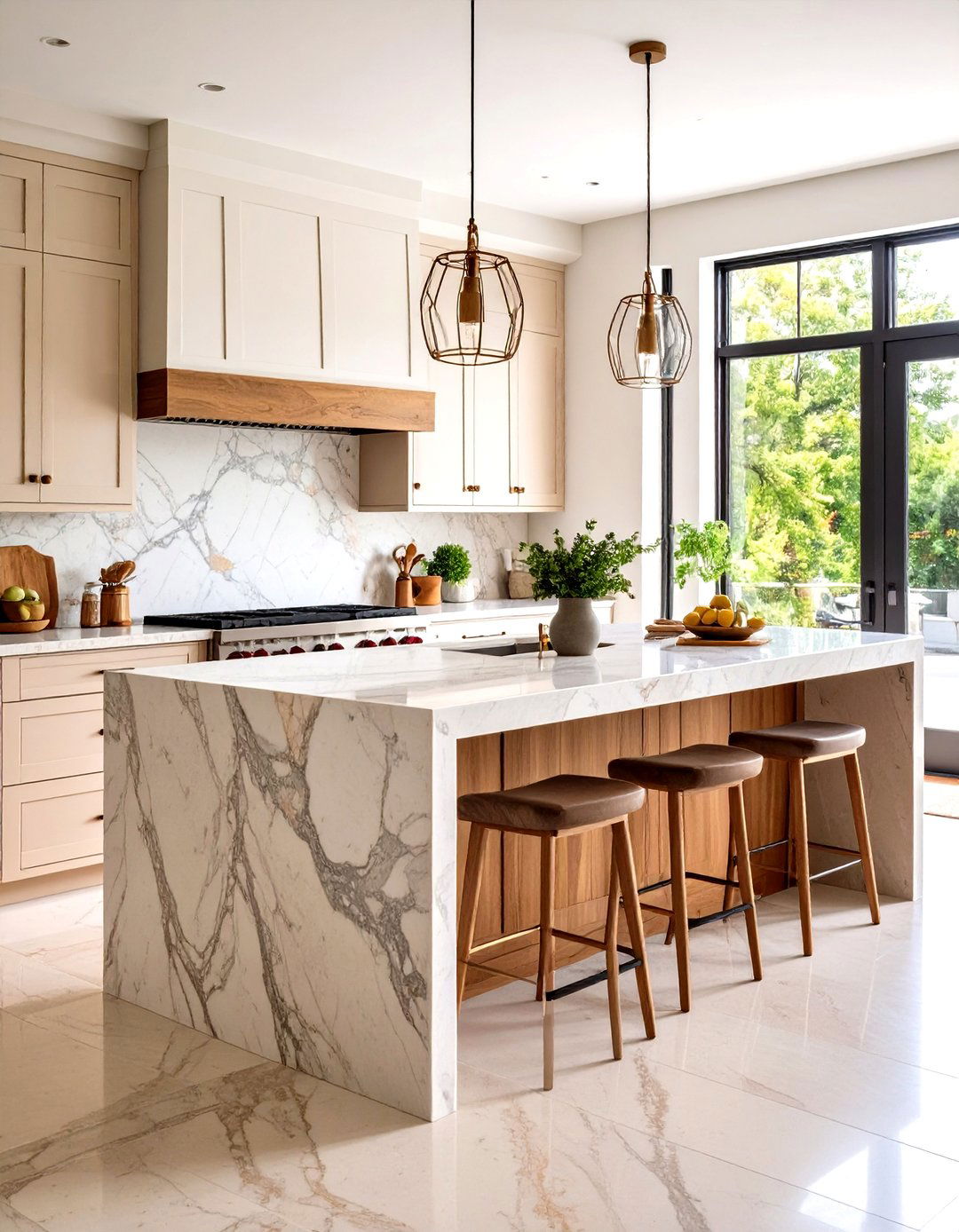
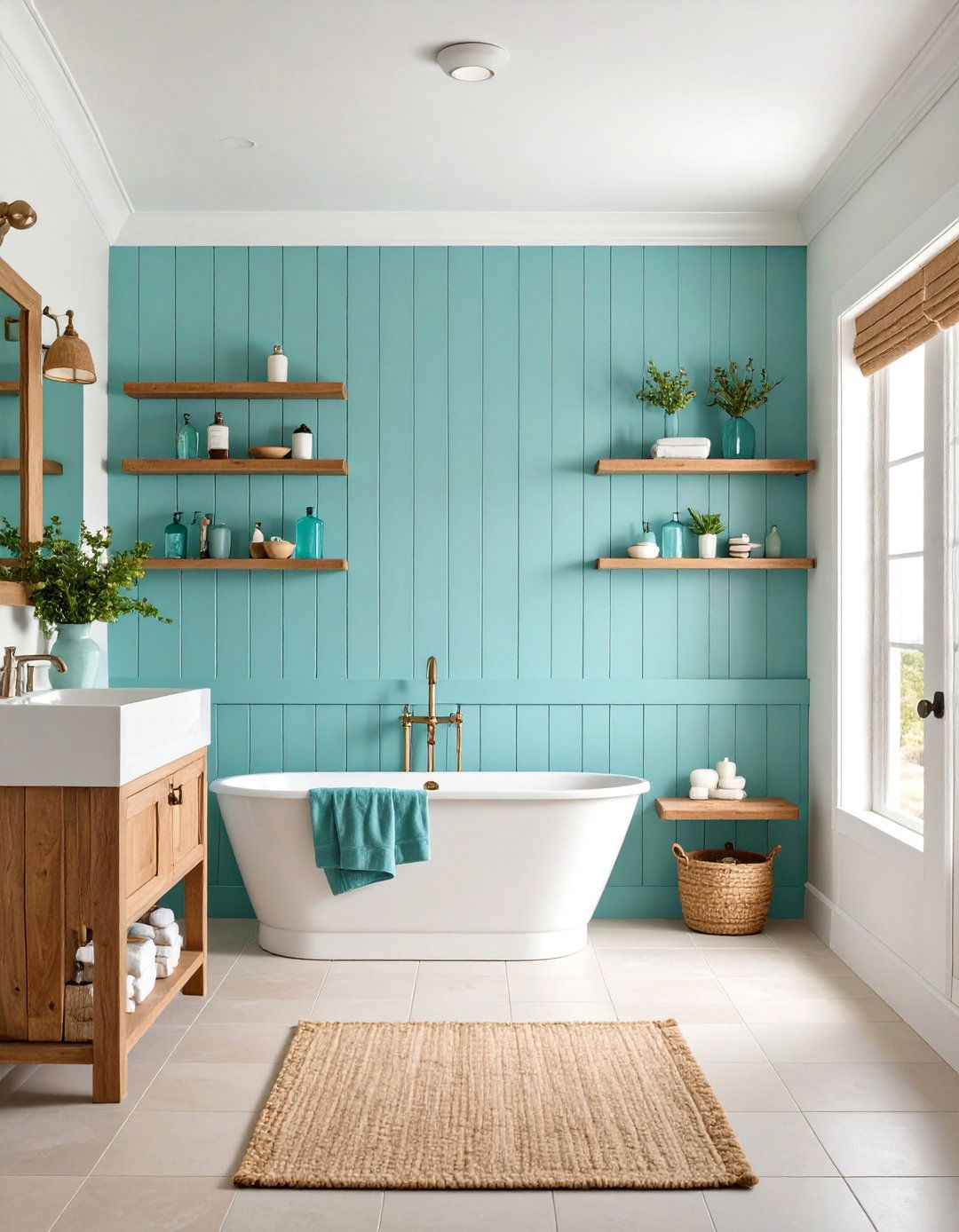
Leave a Reply